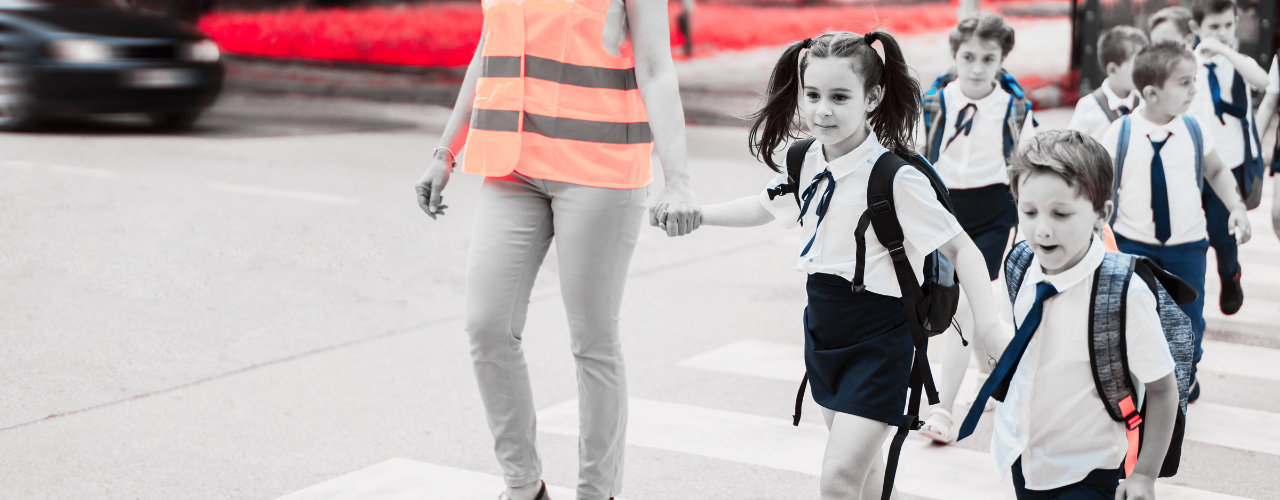
A few weeks ago I was hit by a car while cycling. The driver rolled through the stop sign not expecting cyclists to cross and did not look my way to check. Although I am shaken by the episode I had no lasting injuries and I have had no problem getting back in the saddle. However, I am under no illusions about how lucky I was. Without my pannier bags to cushion the blow and the subsequent fall, or had the car been travelling even marginally faster, the end result could have been very different. Also, if the driver and pedestrians passing by had not stopped to make sure I was ok, I would undoubtedly look back on the episode with a different perspective.
It is a terrible indictment of a city’s infrastructure that I consider myself lucky to be hit by a car in the specific way I was. My incident was not recorded, and neither are many such cases (many of which have much more severe outcomes), which masks the level of danger inherent in cycling or walking through the city. The stats that are recorded highlight the problems we have on our roads. So far this year in Ireland 22 pedestrians and one cyclist have been killed. These figures are an outrage.
Investment in safety
It was with this incident in the back of my mind that I read a recent article on Irishcycle.com about the lack of funding for pedestrian crossings or traffic calming in Dublin’s Central Area. Mountjoy Square, a park on Gardiner Street close to the JCFJ office, is mentioned in the article as being particularly hostile to pedestrians with few safe crossing routes, forcing people to take their chances and walk across the busy wide streets. This area of Gardiner Street Upper has at least four primary schools and crèches in the vicinity. This means there are no safe routes to school, it is dangerous for children to walk or cycle to their classes. It is also dangerous and stressful for teachers to take classes out for field trips. In a part of the city that is devoid of good quality green space, Mountjoy Square is marooned in a sea of multi-lane roads that make it inaccessible for children looking to play independently of adults.
The safety of children is repeatedly ignored and unplanned for. In an open letter to Galway County Councillors in June of last year, parents involved in the Galway Cycle Bus initiative spelled out exactly what will happen if we fail to design safe urban centers:
“A child will die on our roads and we will see the outpouring of grief… A dead child will be accepted as a tragic accident rather than a predictable death by design.”
Moments of inattention by drivers or kids straying or falling off footpaths at inopportune times are known and very predictable risks. Human error is inevitable. But safe infrastructure must absorb and reduce the risks inherent in a transport system which relies on multiple modes of transport including private cars, pedestrians, cyclists and public transport, to create safe livable urban spaces.
Interface of safety, climate, pollution and justice
Transport is a complex thorny issue to deal with, where much resistance to change exists. The protests to the Salthill Cycleway and the more recent opposition to the Dundrum Local Action Plan illustrate this well. But urban regeneration plans and protected cycle lanes are not just about safety, they are also a medium to reimagine our urban centres as more sustainable, usable spaces. According to the 2016 census nearly half of the residents of inner-city Dublin, 21,000 people do not own a car. The city infrastructure caters for people do and who travel into and through the city for work and leisure. The 21,000 people without access to a car must endure car-dominated spaces, which makes these spaces less enjoyable, more polluted, and less safe for everyone.
As we have seen in the recent EPA report transport is one of the largest sources of carbon emissions, which increased by 6% from 2021 to 2022. Transport is also a major source of air and noise pollution and takes up room in our urban centres which could host biodiversity, homes, cultural space or simply spaces to sit and watch the world go by. It is a core factor in place making and in developing livable, child-friendly cities. Children experience cities in very specific ways. Aside from the obvious threats to their lives from cars, they are more susceptible to harm from air pollution due to their height and stage in development, and persistent noise pollution can also cause mental and physical health issues.
A playful city
With these multiple factors to consider it could be argued that planning urban centres with children in mind could lead to designs that are safer, greener, and quieter. This would result in better quality air and spaces where kids and young people can roam and exercise independently. There are projects, run by A Playful City across Dublin experimenting with this concept, demonstrating to people what is possible when children and young people are prioritised when designing urban centres.
The news that Dublin City Council does not have the funding to make the city safer and more sustainable speaks volumes about its priorities. The safety and the quality of life of the city’s residents are sacrificed for the private vehicle commuter who is enabled to travel at speed past the homes, schools and parks that constitute the city.


